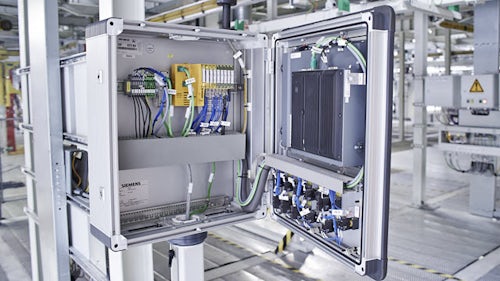Achieving operational excellence with smart manufacturing requires a cultural shift in how data is shared across medical device organizations.
This shift will improve agility, produce consistent product quality, and factory efficiency, while still ensuring safety and compliance. You're able to adjust to the environment and stay innovative and competitive in the medical device market.
Learn how operational excellence in life sciences with a focus on manufacturing will digitally transform your processes
In this white paper, learn how gathering, standardizing, and contextualizing real-time manufacturing data across all participants in the supply chain can enable automated validation of production equipment and processes. By heightening your understanding of how production quality can be linked to other tools, you can improve and control manufacturing operations.
Challenges for medical device manufacturers
Medical device manufacturers have traditionally used paper-based methods to guide and track the execution of manufacturing processes, including creation of paper device history records (DHR). Industry leaders have made strides in evolving and adopting automated processes. However, now they are facing challenges in scaling these systems, especially across globally distributed production facilities and when contracting with manufacturing partners.
Read this brief to learn how eliminating manual DHR activities will improve resource utilization and remove errors. Contextualized data can help operations teams to drive towards closed loop manufacturing to lower costs while ensuring product performance through operational excellence.



